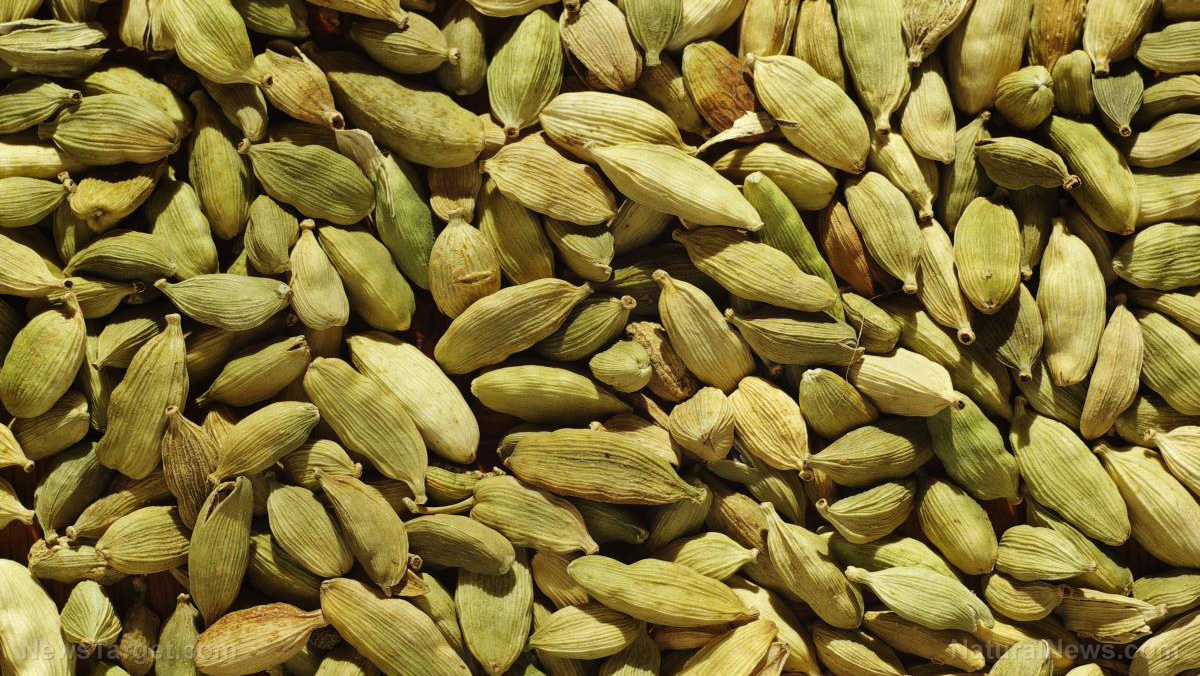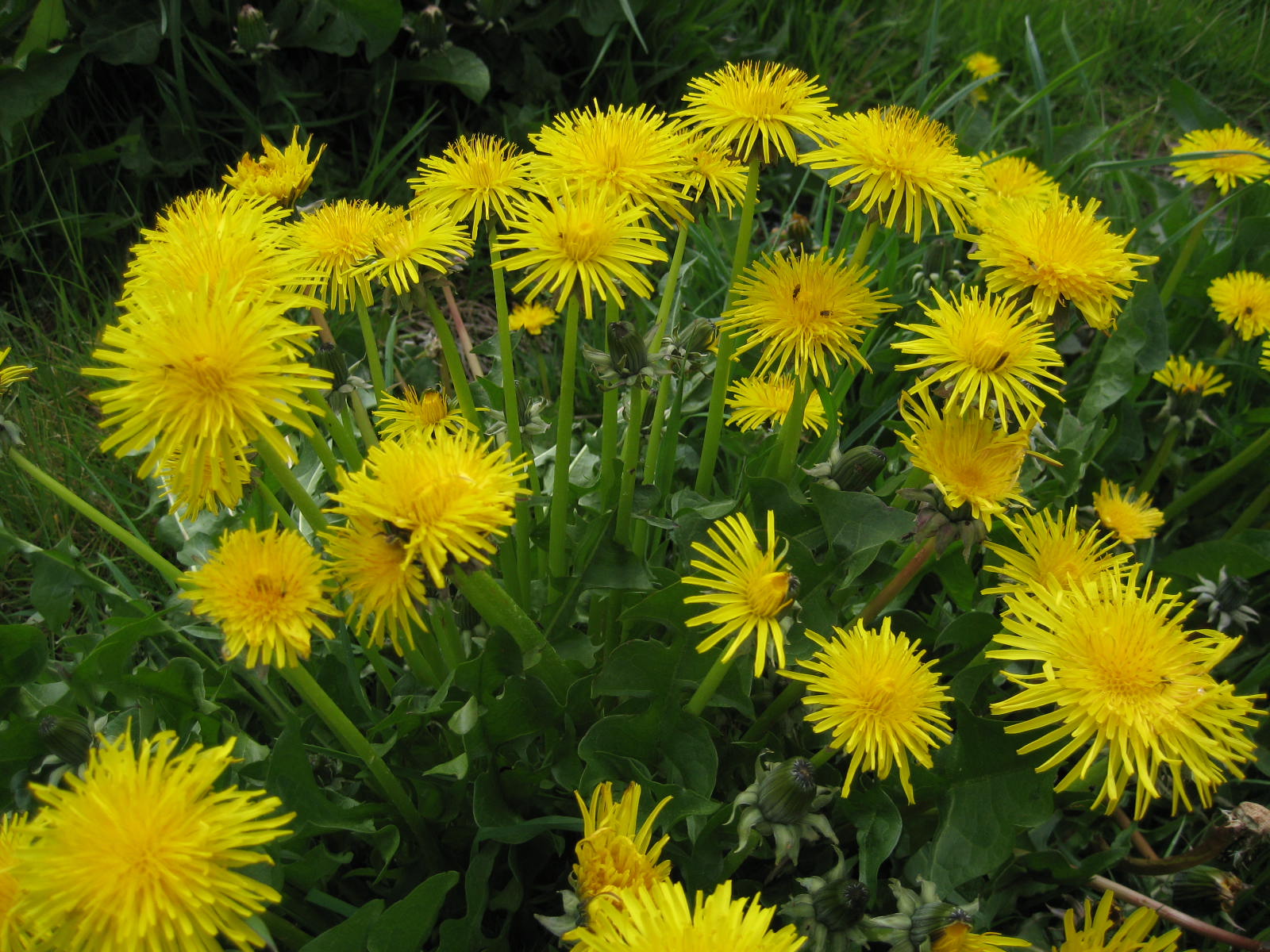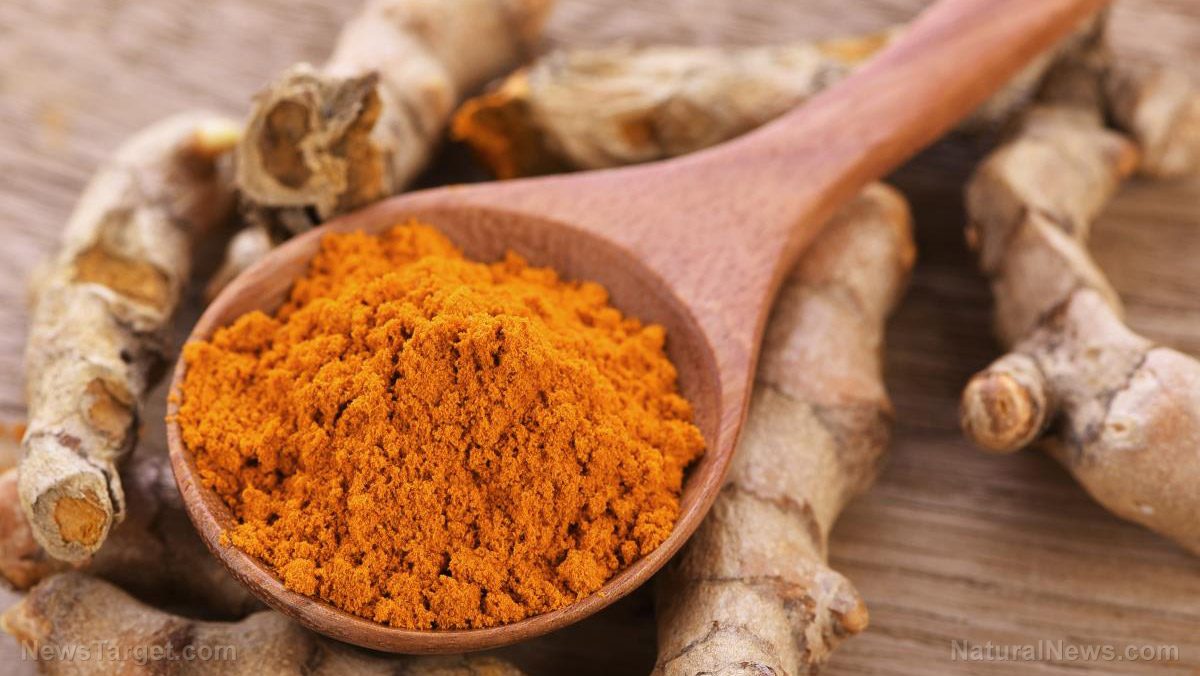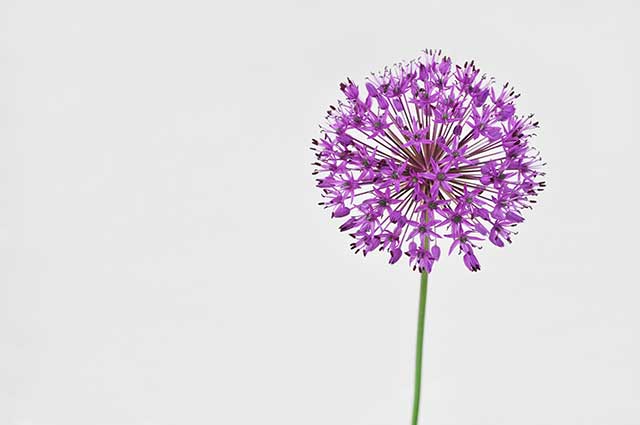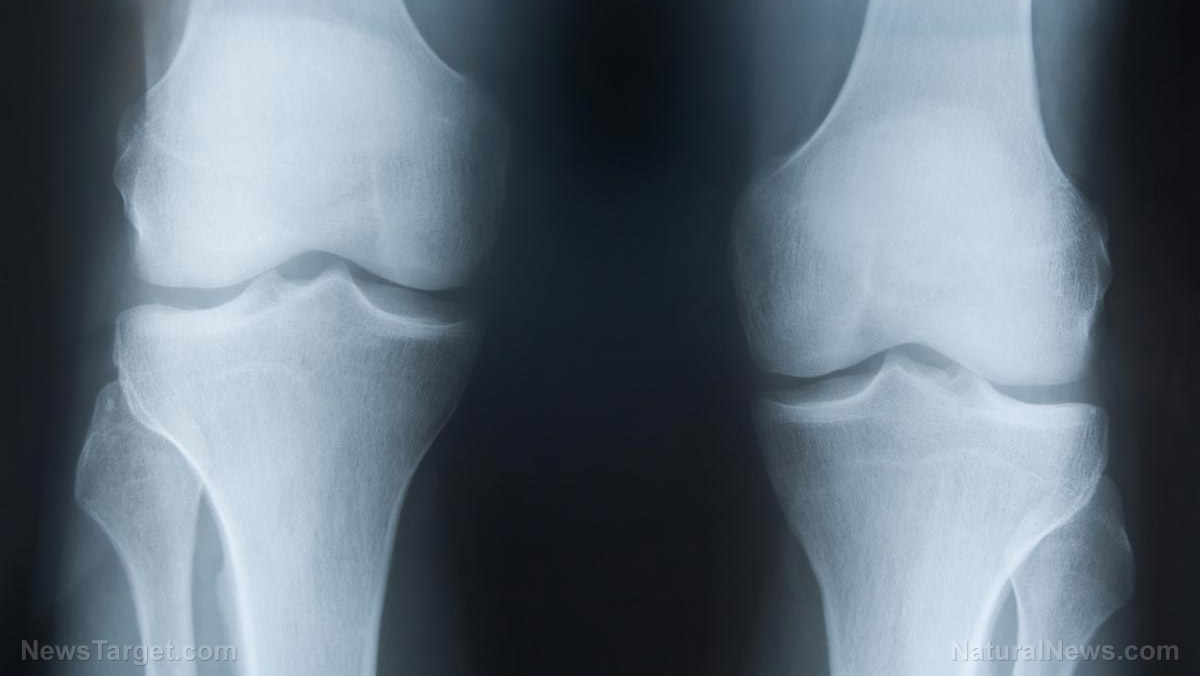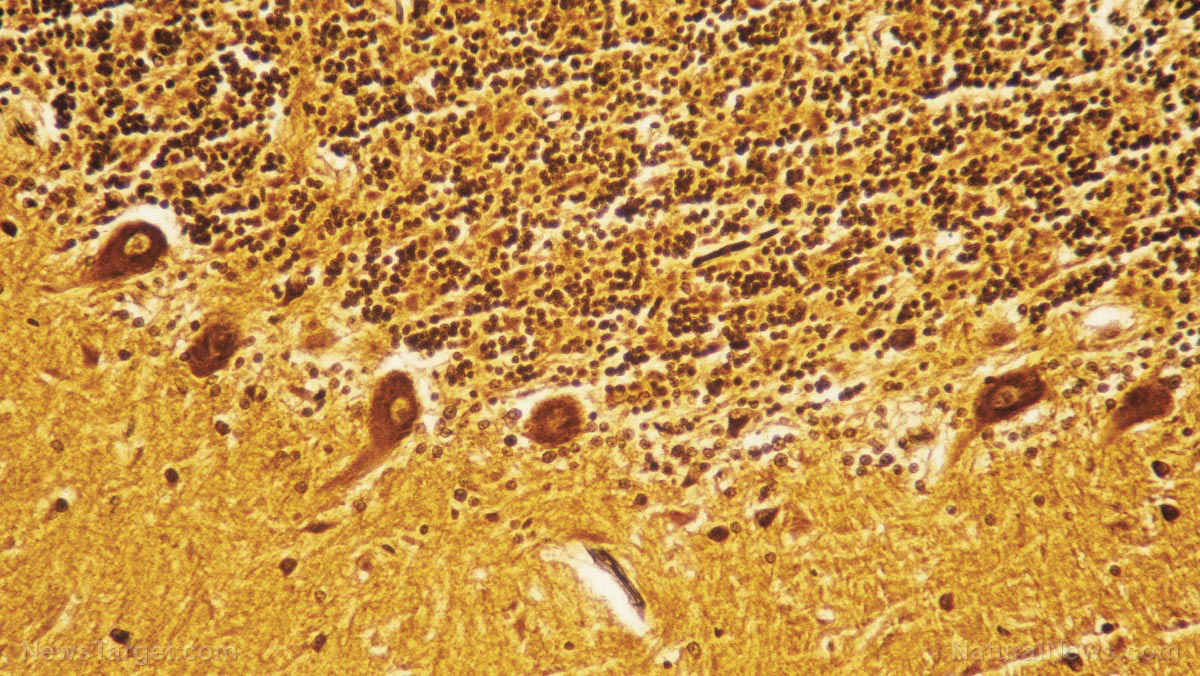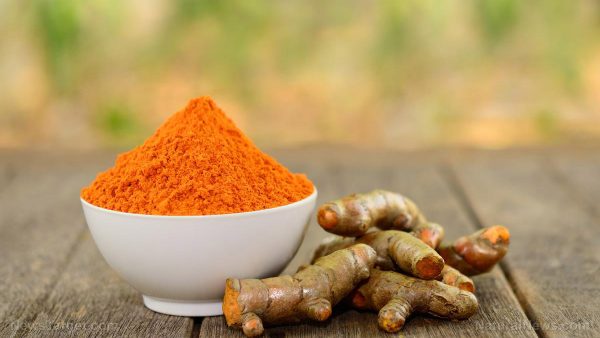Indigo naturalis documented as a therapy for moderate psoriasis
07/28/2018 / By Michelle Simmons
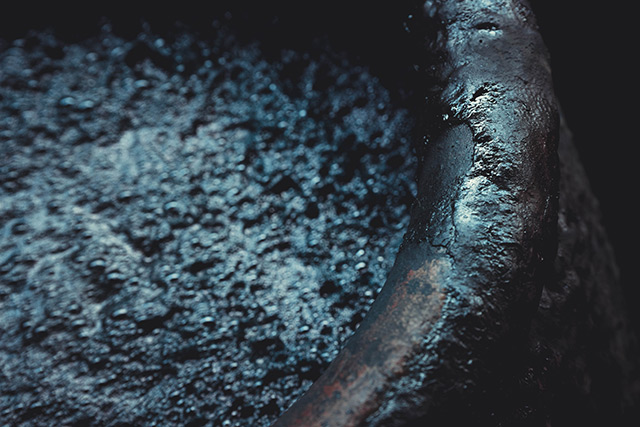
Indigo naturalis (known as Qing Dai in traditional Chinese medicine) has long been used as a natural treatment for inflammatory conditions, such as psoriasis. In a randomized, double-blind, placebo-controlled study published in the journal BMC Complementary and Alternative Medicine, researchers in the U.S. and Taiwan looked at the molecular profile of Indigo naturalis treatment and impacted pathways.
- For the study, the research team used Indigo naturalis as topical monotherapy to treat 24 people with moderate psoriasis.
- The participants were divided into two groups: eight of them were assigned to the placebo group, while the remaining 16 belonged to the Indigo naturalis treatment group.
- The researchers instructed the patients to use the topical ointment twice every day for eight weeks or until the skin completely healed from psoriasis, with one week of follow-up.
- Results revealed that the treatment of Indigo naturalis resulted in significant improvements in Psoriasis Area and Severity Index (PASI) scores, which means that it improved psoriasis in patients.
- In addition, the researchers found that the pro-inflammatory cytokine interleukin (IL)-17 was a gene expression signature of moderate psoriasis from the baseline skin biopsies.
- The topical administration of Indigo naturalis suppressed the IL-17 pathway. This inhibitory effect against the IL-17 pathway was exhibited by tryptanthrin, a component of Indigo naturalis.
In conclusion, the findings of the study suggested that moderate psoriasis can be improved with the use of Indigo naturalis as a topical treatment.
Read the full text of the study at this link.
To read more stories on traditional Chinese medicines, visit ChineseMedicine.news today.
Journal Reference:
Cheng HM, Wu YC, Wang QM, Song M, Wu J, Chen D, Li K, Wadman E, Kao ST, … Huang CC. CLINICAL EFFICACY OF INDIGO NATURALIS AS ATOPICAL AGENT IN MODERATE PSORIASIS. BMC Complementary and Alternative Medicine. 23 August 2017; 17(439). DOI: 10.1186/s12906-017-1947-1
Tagged Under: Chinese medicine, herbal medicine, herbal treatment, Herbs, Indigo naturalis, Natural, natural cures, natural health, natural medicine, natural remedies, Natural Treatments, psoriasis, psoriasis treatment, Qing Dai, remedies, research, skin condition, skin diseases, traditional Chinese medicine








